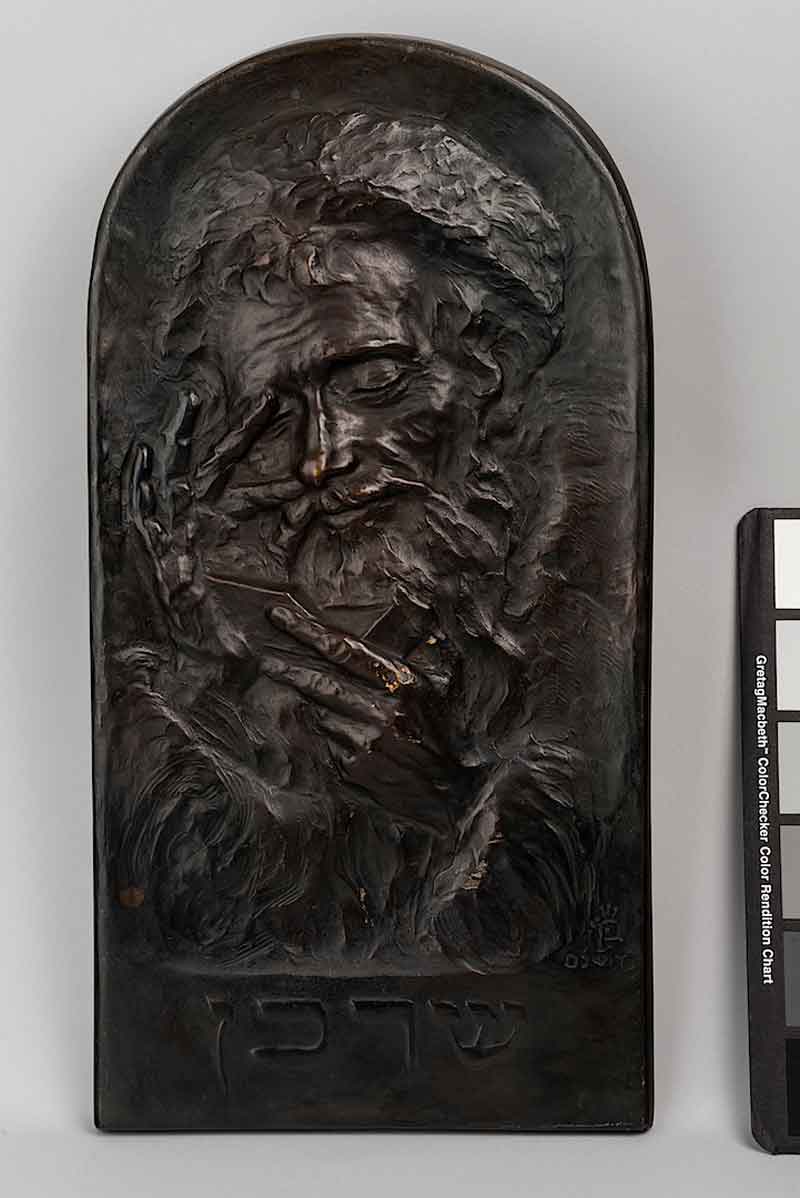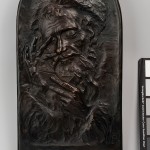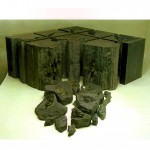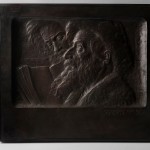Crystal Night and The Boris Schatz Collection at Hebrew Union College
October 11- January 31, 2014
by Fran Watson
Art lifts, inspires, predicts the future and captures the past.
The very pictorial basis of art makes this past ever-accessible, and permanent for widest world audience, preserving history in a way that mere words cannot. Yet things get lost. Time dims, and then erases events that should be unforgettable for the good of humanity.
At Hebrew Union College, history is vibrantly respected. On the 75th anniversary of Kristallnact, the infamous concerted attack on peaceful Jewish communities across Germany, a ceremony took place in remembrance of that tragedy. It included photographs, holocaust survivor, Werner Coppel’s, eyewitness account of his experience, and an impassioned plea for its permanent place in universal minds and hearts. Each year clouds the horrors of Hitler’s dictatorship, and Kristallnacht, with all of its unjustified cruelty, is becoming a victim of time. HUC is determined that will not happen.
The ceremony culminated with the unveiling of “Crystal Night”, a strong, dark glass sculpture by the late Maria Lugossy, internationally recognized modern glass artist. The piece is shown flanked by two additional works by the artist on display from private collections, “Fragments” and “History Book”. “Fragments” appears as three separate pieces from which partial faces emerge. “History Book” is a commemoration of “those millions of nameless people, … those unknown victims of all times, from ancient tyrannies to the present.” Pause a moment and recall the monumental slaughters of history, illustrating that these tragedies seem to be a genetic part of humanity’s present.
“Crystal Night” is composed of eight solid pieces of glass, and a ninth which lies shattered, yet, obviously part of the whole. It is large and brooding in its rough boundaries, its message clear. Holocaust did not destroy. It made a frightening dent in an ancient community that still stands as an accusation against its enemies. The composition makes it easy to trace its impervious message; solid, yet separate elements which may be damaged, but not destroyed.
Hebrew Union College is all about endless stream of Jewish history. An additional exhibit curated by Abby Schwartz, The Boris Schatz Collection at Hebrew Union College, is comprised of works, principally by a dedicated artist who went to Jerusalem before the British Mandate to encourage traditional Jewish art. His concern was that Jewish daily life and customs were in danger of extinction. The bronze relief works shown around the gallery are stunning examples of skill and emotion, portraying portions of families and their ceremonies.
Bronze, with its enduring qualities, was the perfect medium for his purpose, but Schatz was also a skilled painter, as shown in several examples. He was commissioned for several important sculptures pertaining to the royal court of Prince Ferdinand of Bulgaria, but left the court and embarked on studies of customs and Jewish holidays inspired by the increase of pogroms in that era. A delicate tiny ivory relief and the sparkling “Matchmaker” in glowing wood serve to acknowledge his diversity.
Schatz was fighting a losing battle with a changing world. The early 20th century was an historic time of change in art. It was moving from the decorative and recognizable to inventive and abstract. Schatz often used self-portraits in his depictions of daily life. It’s easy to see this man’s determination through the face he uses again and again in his art. His school, the Bezalel School, was established while the Ottoman Empire still controlled Jerusalem and eventually became the current renowned Israel Museum. In his many wanderings around the world, Schatz included visits to Cincinnati to exhibit and sell his work, explaining the number of pieces contributed to this exhibit by Cincinnati families who own them. Unexpected points of interest are the elaborately decorated frames , some of which are by Schatz and others by his associates.
A rewarding side-trip is the permanent HUC gallery just down the stairs from the Schatz exhibit. Here the very changes wrought in art perception are evidenced by young artists of the time. The work on display at HUC is worth the visit, but the intense history raises it to a memorable event.
- the matchmaker
- Jewish Mother – Schatz Collection
- Crystal Night by Maria Lugossy
- at the wall Schatz Exhibition









